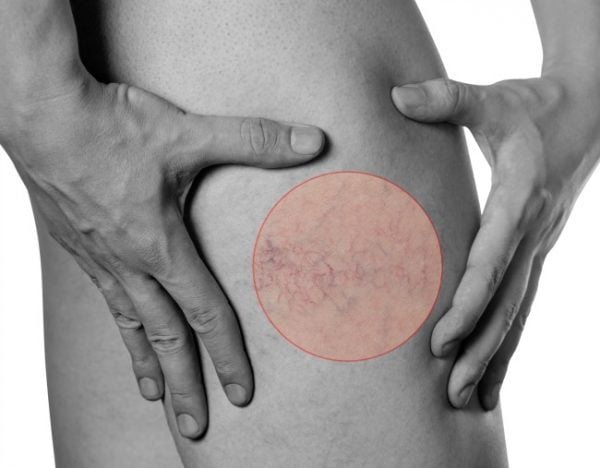
Course Director, Faculty of Science, Charles Sturt University.
Varicose veins is a term commonly used to describe visible leg veins. But true varicose veins are dilated and very prominent. Small varicose veins may not be a problem, but as varicose veins worsen they become distended and tortuous (full of twists and turns) and can cause the legs to feel heavy and ache.
Swelling of the feet and ankles is an early sign of impaired function of the valves in our veins that keep the blood flowing, and severe varicose veins can be very painful.
There’s good evidence varicose veins have a genetic link and are also associated with a history of deep vein thrombosis (blood clots that obstruct the veins).
It’s not possible to prevent varicose veins from forming, but simple actions can improve blood circulation in the feet and legs, and stop varicose veins from getting worse.
Staying active and avoiding standing or sitting for long periods without movement helps, as well as avoiding wearing clothes that fit tightly around legs, upper thighs and waist. Try to elevate your legs when sitting, resting and sleeping; reduce weight if you are overweight or obese; and wear lower-heeled shoes to work calf muscles.
LISTEN: Robin Bailey and Bec Sparrow discuss the brilliant things that happen once you turn 40. Post continues after audio.
Treatments for varicose veins depend on the severity of symptoms, aesthetics and the risk of complications. Treatment may include compression stockings, lifestyle changes or a range of surgical options.

